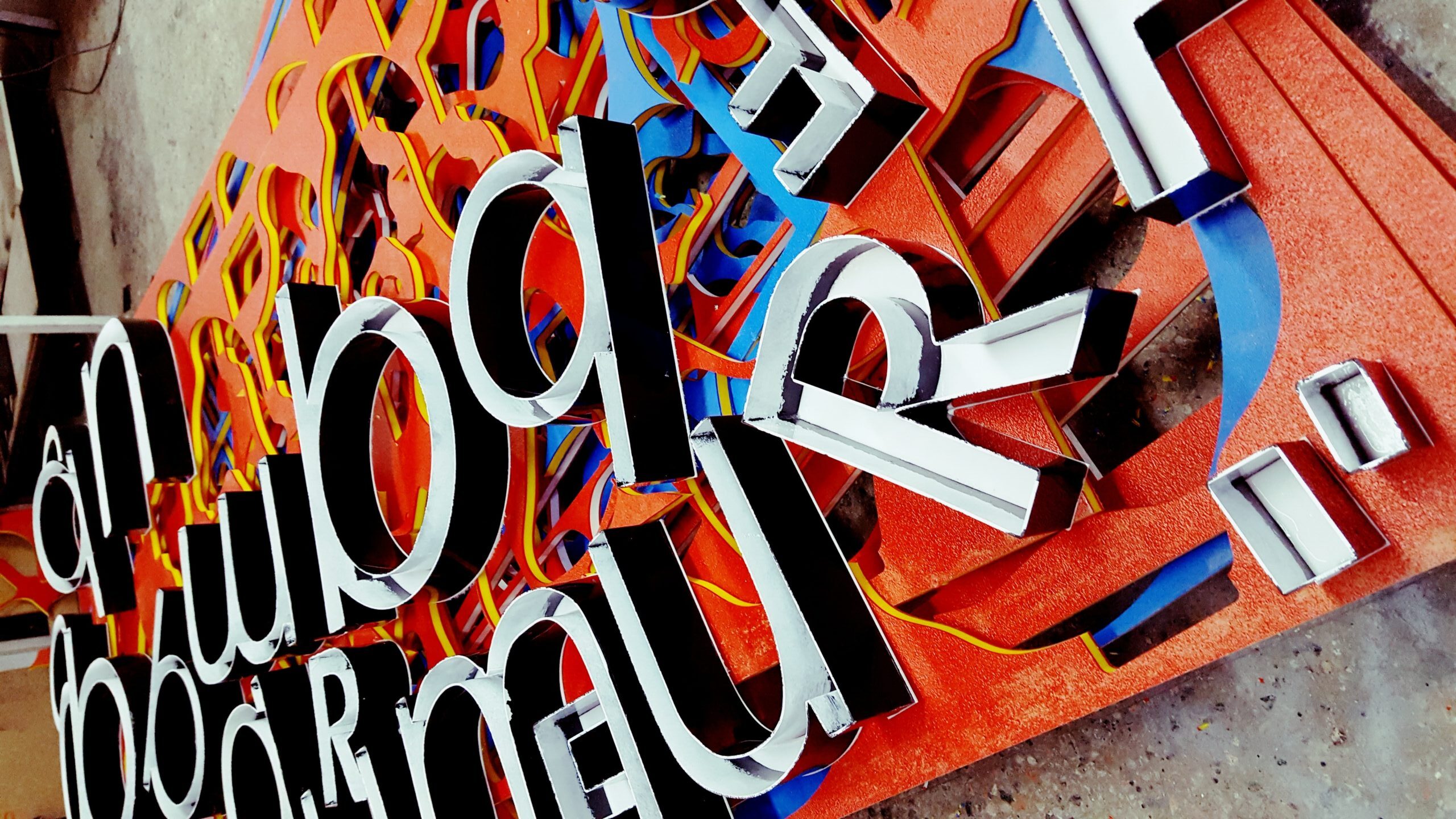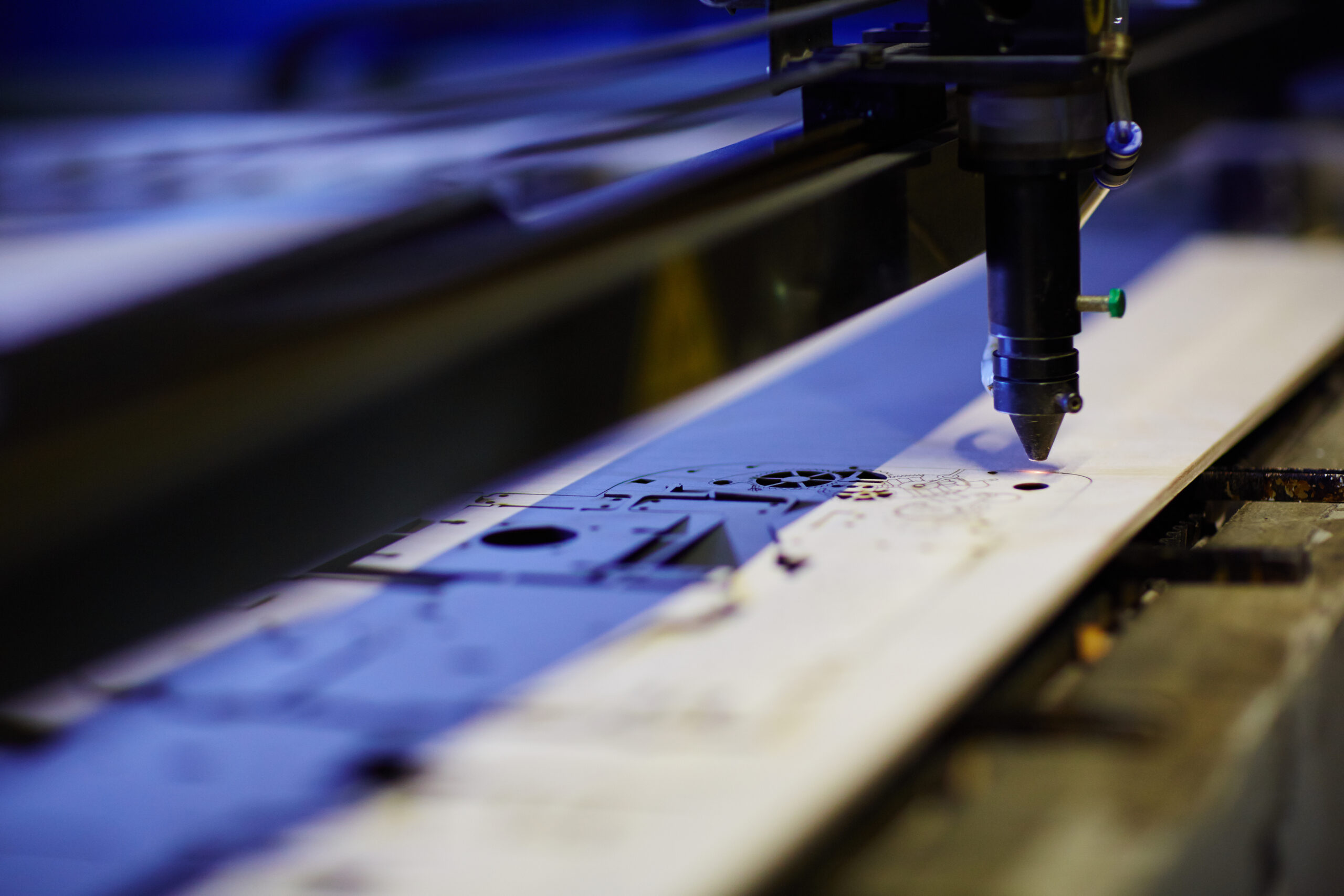When you pass by a business or navigate through a city, you’re likely to encounter a wide variety of signs, each with its unique design and purpose. Whether it’s a storefront sign, a directional sign, or a massive billboard, signs are crucial in conveying information, promoting brands, and guiding people. But have you ever wondered about the intricate process that transforms a concept into a tangible sign? Let’s take a behind-the-scenes journey into the world of sign manufacturing.
The Initial Design Phase
It all starts with an idea. Whether a business needs a new logo or a municipality requires wayfinding signs for a park, the process begins with a concept. This concept is translated into a design that captures the essence of the message, aligns with the brand identity, and suits the intended location.
Professional sign designers use specialized software to create digital mock-ups. These mock-ups not only showcase the visual aesthetics but also consider factors like readability, legibility, and compliance with local sign regulations. The design phase is a collaborative effort, involving input from both the client and the design team.
Material Selection and Planning
Once the design is approved, the next step is to determine the materials that will bring it to life. Sign manufacturers have a wide array of materials at their disposal, ranging from traditional options like wood and metal to modern alternatives like acrylic and PVC.
The choice of materials depends on various factors, including the sign’s intended use, location, and environmental conditions. For instance, outdoor signs must be weather-resistant, while indoor signs may focus more on aesthetics. Durability, cost, and ease of maintenance are also crucial considerations.
Fabrication and Production
With the design and materials in place, the sign manufacturing process moves into the fabrication phase. This is where the vision starts to take shape. The selected materials are cut, shaped, and assembled according to the design specifications.
For example, metal signs may undergo processes such as welding and laser cutting to achieve intricate shapes and details. Wooden signs may be handcrafted and carved for a rustic or artisanal look. Digital printing and vinyl application techniques are common for creating graphics and text on various sign surfaces.
Quality Control and Testing
Quality control is an essential aspect of sign manufacturing. To ensure that the finished product meets high standards of durability and safety, various tests and inspections are conducted. These include:
- Material Testing: Materials are tested for their resistance to environmental factors like UV radiation, moisture, and temperature fluctuations.
- Structural Integrity: Signs must meet structural requirements to withstand wind, weather, and other stressors. Engineers may evaluate the sign’s load-bearing capacity and its ability to remain secure when installed.
- Color Accuracy: Color consistency is crucial, especially for brand logos and corporate signage. Manufacturers use color-matching techniques to ensure that the final product aligns with the approved design.
- Electrical Components: Signs with lighting elements, such as LED signs, undergo electrical testing to ensure they meet safety standards and function correctly.
Assembly and Finishing Touches
Once the individual components are fabricated and pass quality control checks, they are assembled to create the final sign. This assembly process includes securing the sign face to its frame, integrating any lighting elements, and adding finishing touches like paint, coatings, or protective laminates.
The finishing touches not only enhance the sign’s appearance but also contribute to its longevity. Paints and coatings protect against corrosion and fading, while laminates can provide UV resistance and easy cleaning.
Installation and Permitting
With the sign fully assembled and ready to go, the final step is installation. This is a crucial phase, as it ensures that the sign is placed correctly, securely, and in compliance with local regulations. Installation can vary widely based on the type of sign and its location. For instance:
- Storefront signs are typically mounted above entrances or on facades.
- Monument signs may require excavation and concrete foundations.
- Billboards are erected on specialized structures along highways.
Local regulations and permits must be obtained before installation. Sign manufacturers often work closely with clients to handle the permitting process, ensuring that the sign complies with zoning, size, and safety requirements.
Conclusion
The process of transforming a sign concept into a tangible reality is a blend of artistry, engineering, and meticulous craftsmanship. It’s a journey that requires collaboration between clients, designers, engineers, and skilled fabricators. From the initial design phase to quality control checks and final installation, every step is crucial in ensuring that the sign serves its intended purpose effectively and leaves a lasting impression. The next time you pass by a sign, you’ll have a newfound appreciation for the intricate process that brought it to life.












